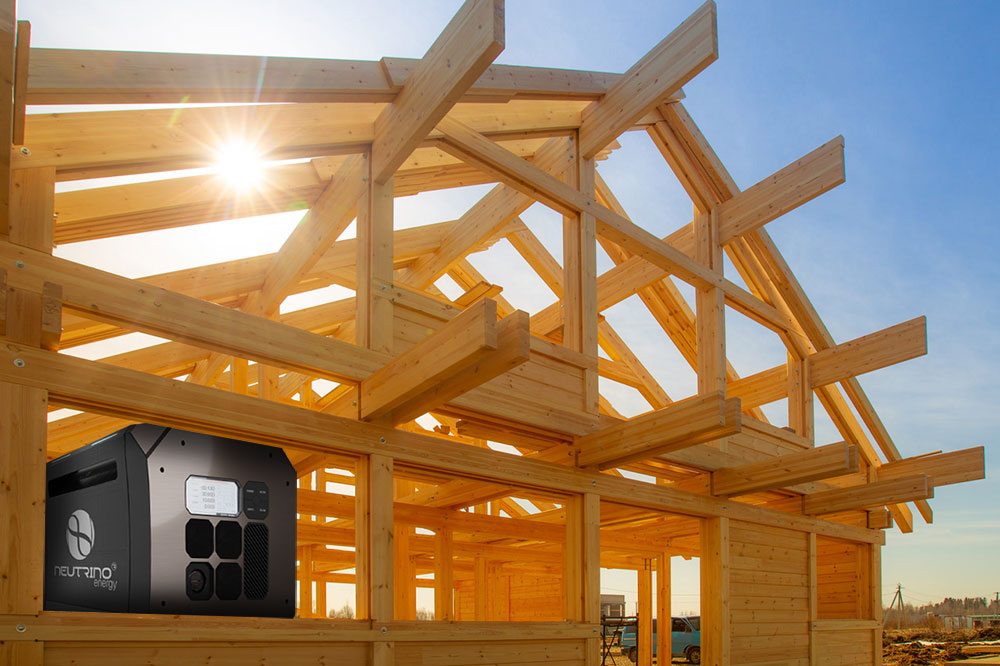Thanks to neutrinovoltaic, a healthy indoor climate without mould and hazardous waste on the walls of the house will be possible again in the near future
In recent years and decades, a trend towards insulation mania has developed: the use of building materials, heating systems and window glazing that are harmful to health and lead to an unhealthy indoor climate. Faulty formulas in heat requirement calculations have been used to push concepts that cause illness and are harmful to the environment. The so-called “barrack climate” causes more and more absenteeism of employees in offices and/or health problems for people who live in such rooms.
In the near future, there will be enormous additional costs for remedial measures as soon as the new damage is noticeable to all.
Neutrinovoltaic promotes healthy building materials and infrared radiant heaters
Neutrinovoltaic uses innovative meta-materials made of graphene and silicon to convert part of the kinetic energy of neutrinos and invisible radiation into direct current. Here, ultra-thin foils are used, which are compactly layered one behind the other to form large surfaces, in order to provide net continuous power of 5 – 6kW (e.g. in the case of the Neutrino Power Cube). This finitely usable form of energy is available day and night, 365 days a year. It can be converted without violating the law of conservation of energy. The Power Cube has a manageable size of 80 cm x 60 cm x 40 cm and weighs about 50 kg including super capacitors and battery buffer. Information on these new battery developments here: Neutrino article.
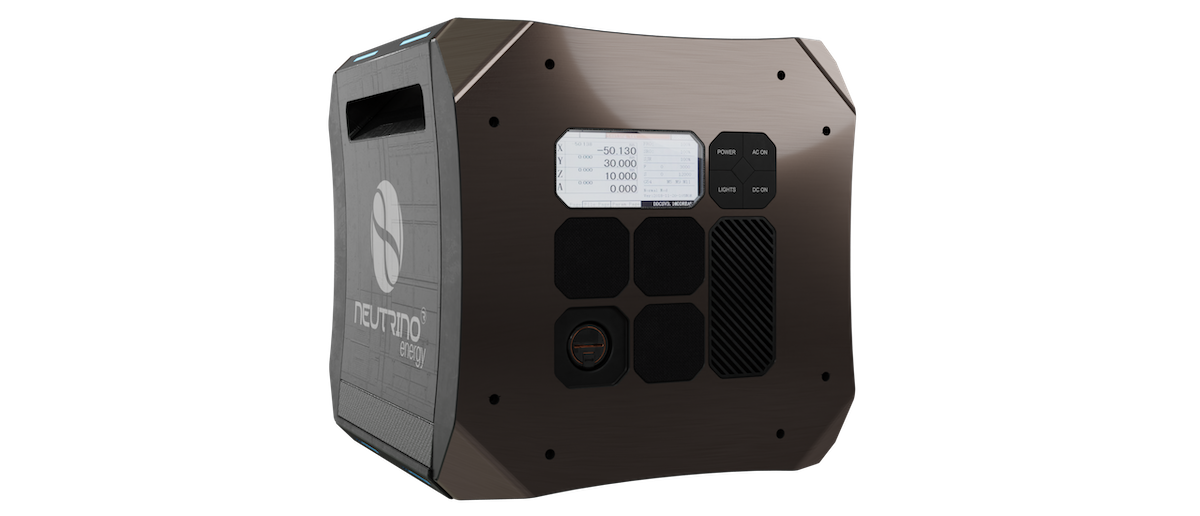
With this new technology, energy costs will play a subordinate role in the future. It allows the focus to return to a healthy indoor and feel-good climate. The Neutrino Energy Group under CEO Holger Torsten Schubart has already begun implementing large production halls in Switzerland and South Korea. Related projects worth billions with partners from industry have already been started – the focus here is on the well-being of people and nature.
In the future, neutrinovoltaic will be integrated directly into communication devices, household technology, cars, ships, aircraft or other systems in order to be able to convert and directly use the energy required for operation just in time.
How do we get back to a healthy indoor climate?
A healthy indoor climate with biologically optimal building materials requires radiant heating instead of convection heating, plus diffusion-open walls and walls made of solid building materials such as wood, sand-lime brick, clay or loam. Appropriate glazing is also important for an optimal light spectrum, which influences our psyche, perception and behaviour. A clean, decentralized and inexhaustible energy source creates the conditions.
It is important to realize that excessive insulation and building sealing are inefficient and prevent a healthy indoor climate. At last, people’s health and well-being should be put back in the foreground when it comes to planning, implementing and using buildings, living and working spaces.
Faulty formulas lead to wrong decisions
Faulty formulas in heat demand calculations are used to push unrealistic and unhealthy heating systems, building materials, insulation materials and window glazing. As a result, many people are no longer aware of what a healthy indoor climate or a feel-good climate really means. Most people are also hardly aware of the positive effects of radiant heat on our organism. And this despite the fact that they perceive the warming rays of the sun (infrared rays) as beneficial and that we have adapted to them for thousands of years.
Thanks to the new and groundbreaking neutrinovoltaics, this trend will be reversed. As soon as energy is cheap, clean, environmentally friendly, decentralized and available in unlimited quantities, technically-biologically innovative concepts for living and working spaces can be implemented as standard. This will enable people to live, work and reside in spaces in which they feel comfortable and which are conducive to health.
The flawed formulas for calculating heating demand have been used to portray radiant heating and warmth as poor, ineffective and expensive. These faulty calculation bases are even anchored in the DIN standards (DIN e.V. is an association that has members and interests – not an official institution). Many companies and people working in the field of construction and heating systems apply them unchecked.
An example of this is the calculation of the U-value for different materials, which assumes stationary conditions that do not occur in nature and reality (constantly changing temperatures, wind, humidity in the day and night rhythm, etc.). For this reason, there are experts such as architects, civil engineers, experts and building physicists such as Prof. Dr. Claus Meier (deceased 2015), Konrad Fischer (deceased 2018), Dr. Peter Rauch and others who, instead of calculating with erroneous U-values, have introduced the effective U-value to get closer to reality.
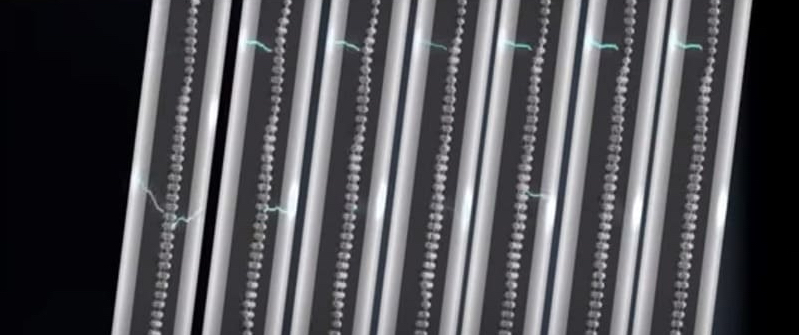
Ultra-thin foils (meta-material) packed side by side, with graphene and silicon layers to convert kinetic energy of invisible radiation including neutrinos into direct current
Conclusion: Basically, underfloor and convection heating, wind- and moisture-sealing foils in the wall and roof area, diffusion-preventing plasters, triple window glazing and an excessive amount of insulation material are not conducive to a biologically healthy indoor climate. With the widespread use of neutrinovoltaic, this trend will correct itself, as energy costs will no longer play a significant role.
In harmony with nature: overview of proven constructions and systems
Heating systems:
Humans have been accustomed and adapted to the sun’s radiation for thousands of years. Therefore, it would make biological sense to heat interiors with radiant heating. This emits infrared radiation (heat radiation) and heats objects before heating the air. The difference between radiant and convection heating is enormous, especially in terms of the feel-good climate. If done correctly, mould growth is also impossible.
Underfloor heating means many “water veins” under the feet with dirty circulating water. This has bio-logical negative energetic effects on people and animals who constantly walk over it and absorb these energies through their feet.
In our next article, we will introduce new cooling systems without fans that act like “radiant cooling” as an antithesis to radiant heating.
Exterior wall
What has stood the test of time for thousands of years? The monolithic solid construction method, i.e. walls made of solid building materials. They are open to diffusion so that moisture can be transported to the outside. The building materials, sealing foils and plasters that are mainly used today are part of the reason for a “barrack-like and unhealthy” indoor climate. People who care about their health and a good indoor climate build with solid wood, clay, sand-lime bricks or loam. These building materials in combination with radiant heating are a basic prerequisite for healthy living and working.
Excerpt from Prof. Claus Meier: “Dubious arguments and calculations – efficient building is propagated everywhere. However, this is often equated with minimizing U-values, which in practice means maximizing insulation thickness. However, this constant arguing for super-insulation clearly fulfils the offence of fraud. That is because the efficiency of smaller U-values is mathematical (hyperbolic) and therefore provable.”
Windows:
The more panes used as glazing, the more “unbiological” the spectrum of light that enters indoor spaces becomes. Our sun emits a broad spectrum of visible light. This is vital for our life, well-being and health. Triple glazing “chops up” the full spectrum of the sun. What remains has nothing to do with a healthy light and sun spectrum. Double glazing or a box-type window with plenty of air between the panes is perfectly adequate.
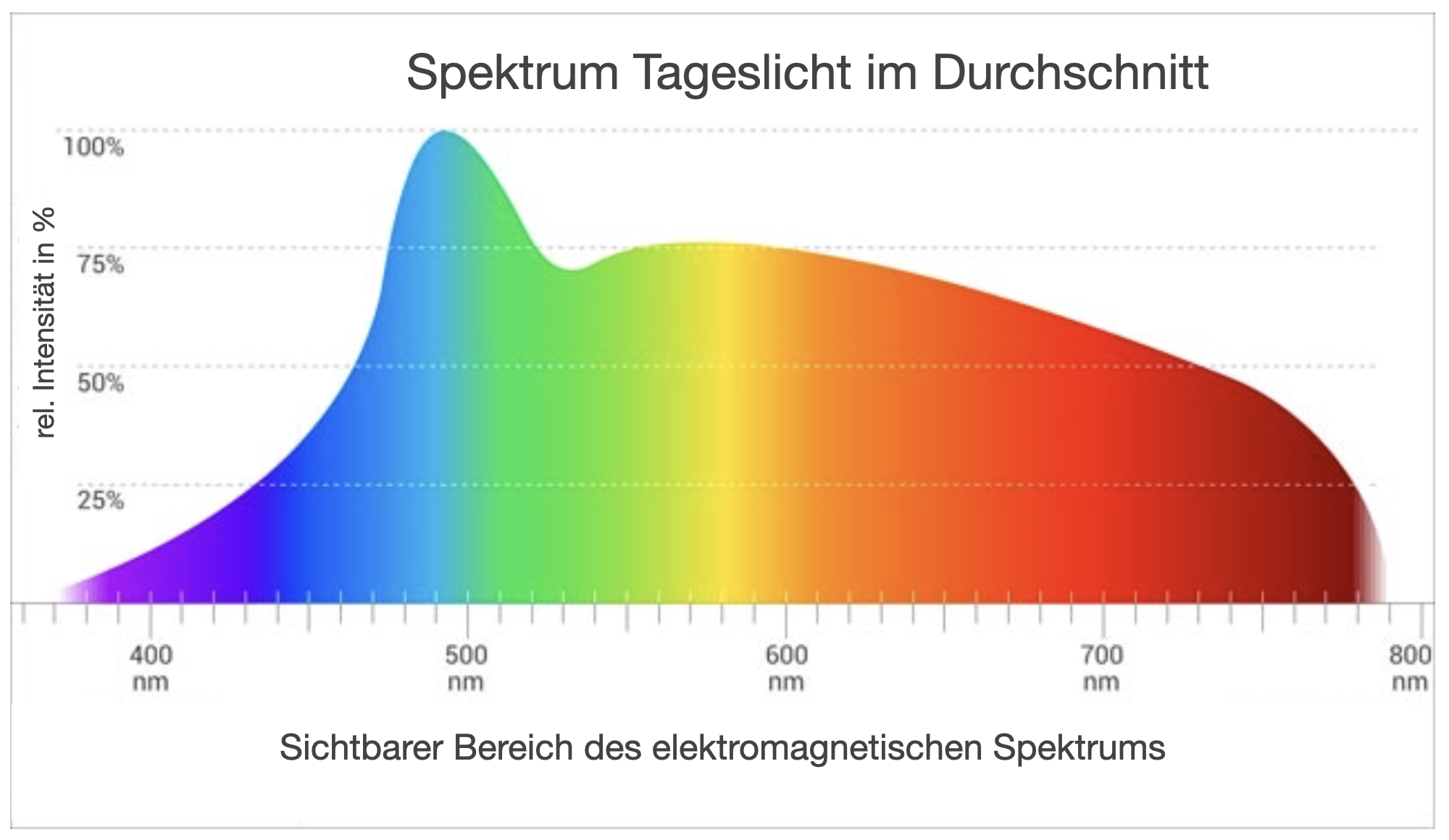
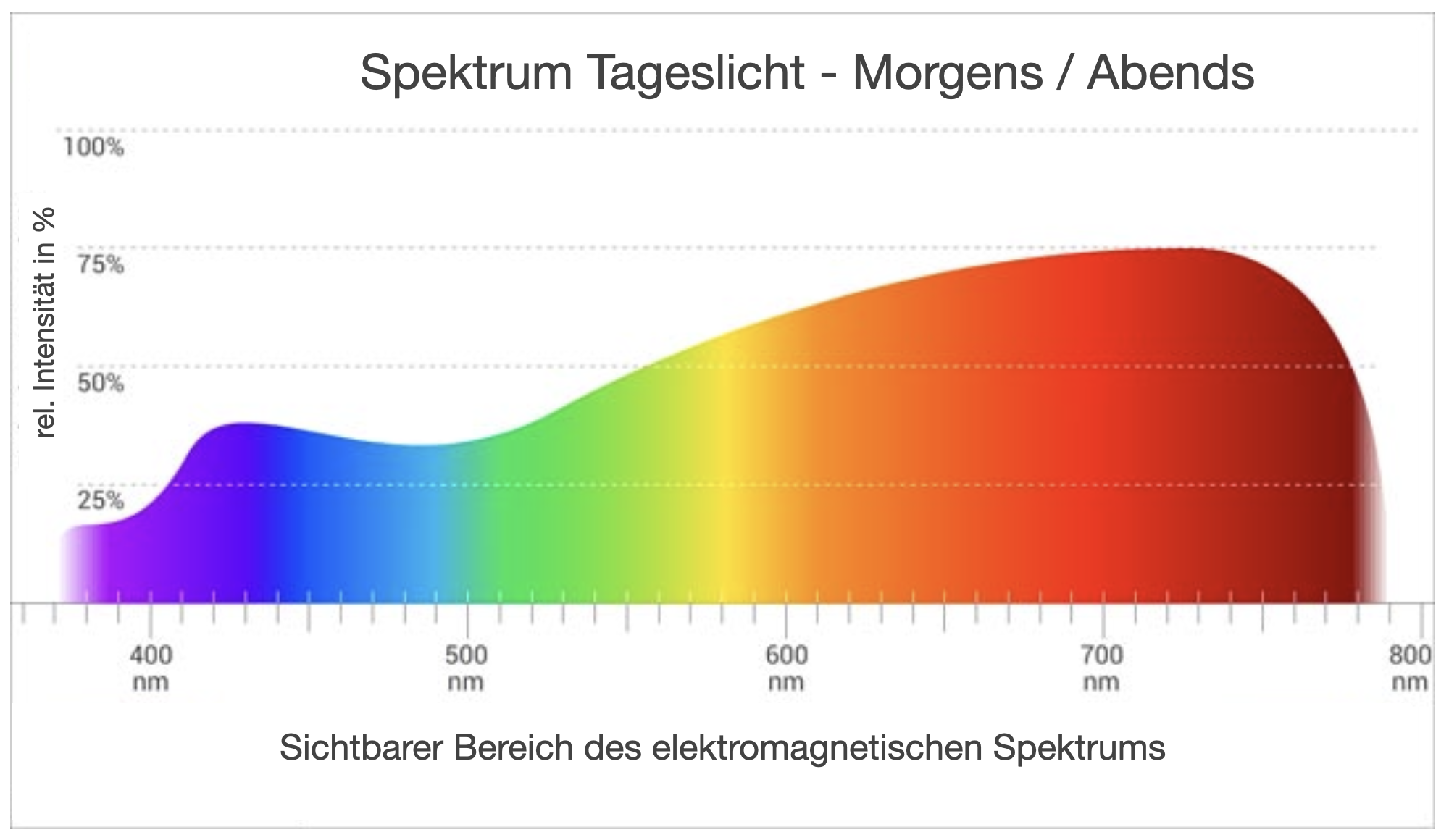
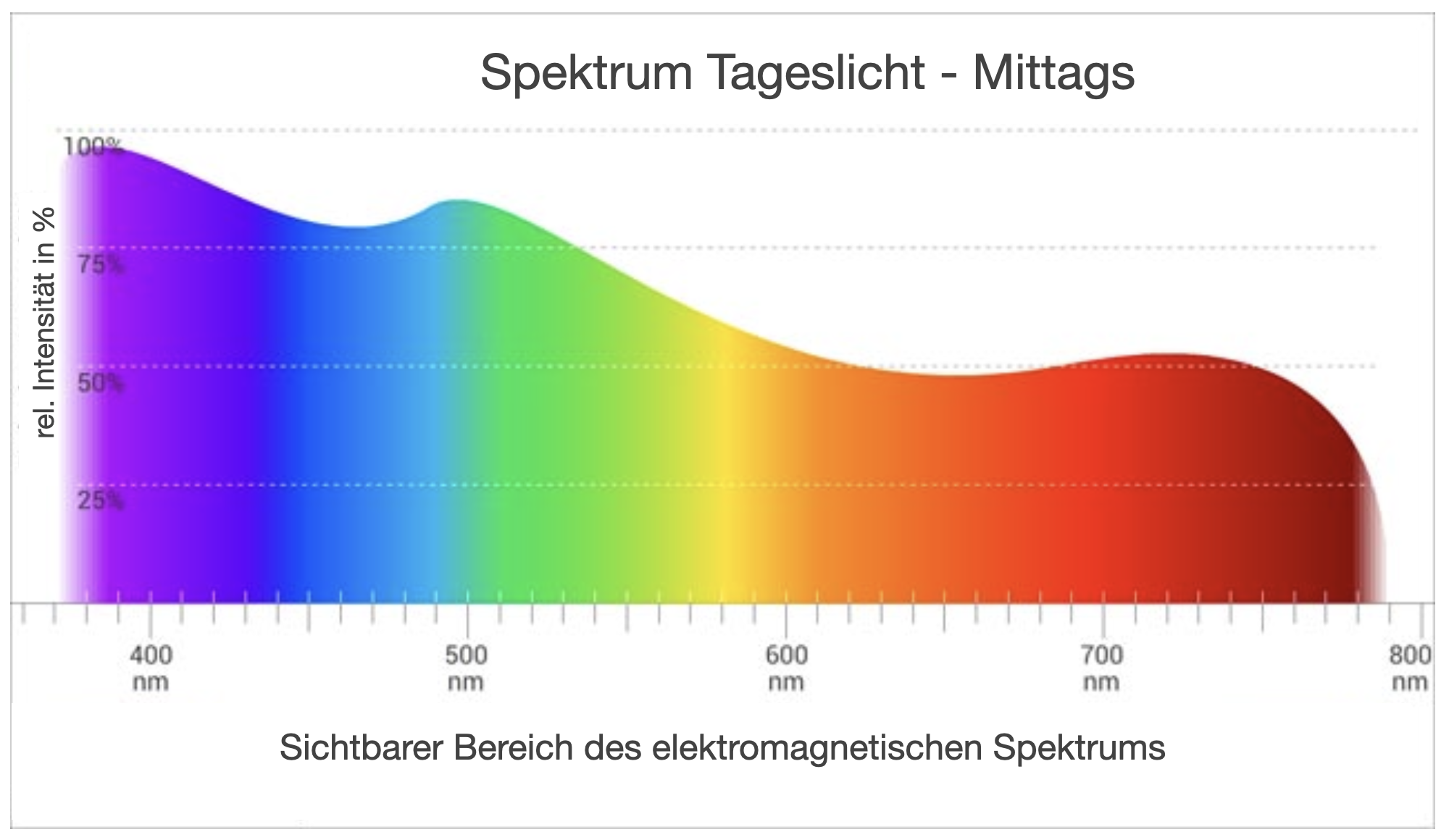
Roof:
With roofs, too, it is important that moisture can migrate from the inside to the outside and be transported away. Ventilated roofs are therefore ideal.
These are the essential points for us on the subject of building biology, a climate of well-being and health, which we have summarized.
The source for this summary is the book by Prof. Dr.-Ing. habil. Claus Meier “Verwildertes Bauen”, ISBN 978-3-8169-3015-0
Additional Information
- Interview “Dia fragt nach … Thema 3: Neutrino-Energie” – Video – Telegram
- Article Neutrinovoltaic part 1, part 2 und part 3
- Neutrino Energy Group News: neutrino-energy.com/newsroom
- Scientific Advisory Board for Neutrino Research: neutrino-energy.com
- Video about the Neutrinovoltaic Power Cube for self-sufficient household supply: energiewirtschaft.io
Electric motors and battery systems that use materials that completely dispense with rare earths and thus have a significantly lower impact on the environment::
- New super magnets instead of neodymium made of iron stock (iron nitride): Firma Niron Magnetics
- Videos on new battery technologies without rare earths: 500Wh/kg Amprius – Aluminium-Sulphur – Sodium-Sulphur

